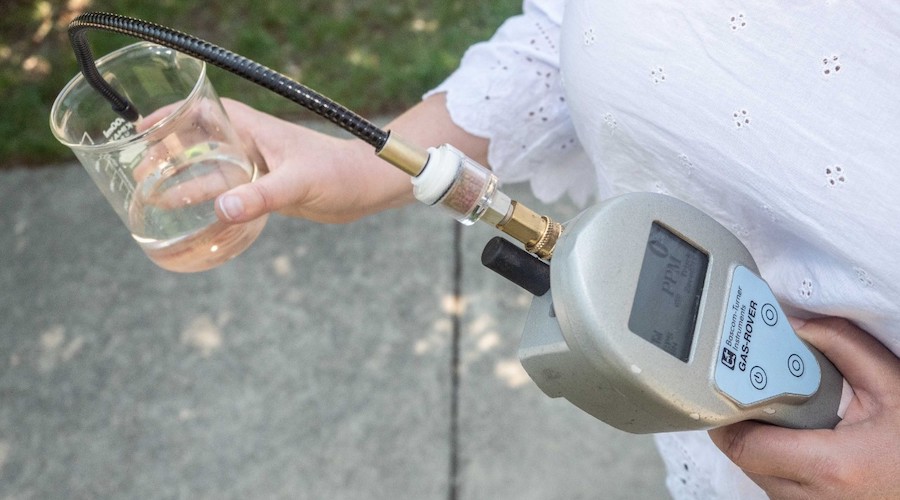The study is the first of its kind on methane emissions from inactive oil wells in Texas. Previous research by the same authors of this recent paper tested inactive wells in Colorado, Wyoming, Ohio and Utah and found that spread across the estimated 3.1 million abandoned wells in public registries, the leaking methane is equivalent to burning more than 16 million barrels of oil.
According to Amy Townsend-Small, the professor of geology and geography at the University of Cincinnati who led the study, most of the wells had been inactive for three to five years, possibly because of fluctuations in market demand.
Based on estimates by Grist and nonprofit news organization Texas Observer, the researcher said that if the rate of methane leaks she observed were consistent across all 102,000 idled wells in Texas, the 5.5 million kilograms of methane released would be equivalent to burning 150 million pounds of coal each year.
“Inactive wells could be a substantial source of methane emissions if they are not subject to leak detection and repair regulations,” she said in a media statement.
In Townsend-Small’s view, regular inspections of inactive wells using infrared cameras to identify leaks could be a first step to addressing the problem.




